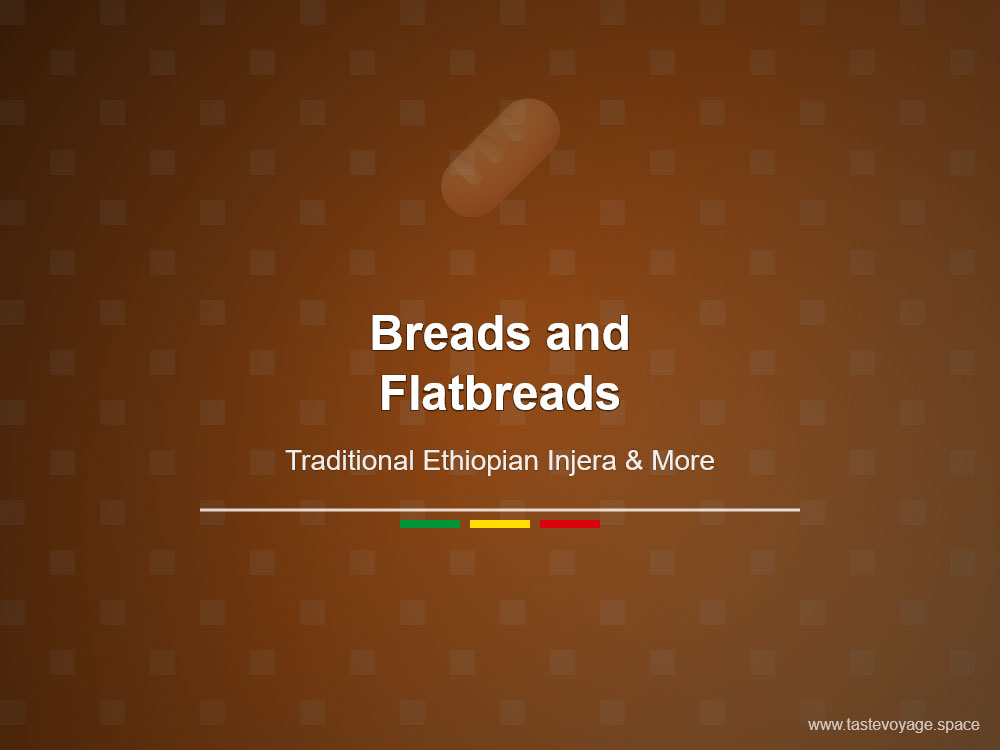Authentic Ethiopian Enset Bread Recipe | Southern Style Guide
Travel the World Through Food >> Breads and Flatbreads>>Ethiopian Cuisine>> Authentic Ethiopian Enset Bread Recipe | Southern Style Guide
Authentic Ethiopian Enset Bread Recipe | Southern Style Guide
Discover the Rich Cultural Heritage of Ethiopian Enset Bread (Southern Style)
Ethiopian Enset Bread, also known as “Kocho” in the southern regions of Ethiopia, is much more than just a staple food—it’s a symbol of cultural identity and tradition. This unique dish embodies the deep-rooted history and culinary ingenuity of the Ethiopian people, especially among the communities that rely on enset (also called the “false banana”) as a primary food source. Its significance goes beyond sustenance; it is a celebration of heritage, communal effort, and the resilience of local food systems.
The Cultural Significance of Enset in Ethiopia
Enset, a plant native to Ethiopia, has been cultivated for thousands of years. It thrives in the southern highlands, where its resilience makes it a vital crop for local farmers. The plant’s large, banana-like leaves and starchy pseudostem provide food, fiber, and traditional medicine. Enset’s role in Ethiopian culture is profound, serving as a foundation for many traditional dishes, especially in rural communities.
The process of preparing enset for bread involves a complex fermentation method passed down through generations. This tradition highlights the community’s deep connection to the land and their agricultural practices. Enset bread is often prepared during important communal gatherings, reflecting its role as a food that unites people and sustains local customs.
The Culinary Significance of Enset Bread
Ethiopian Enset Bread (Southern Style) is a testament to culinary ingenuity. Its distinct flavor and texture set it apart from other traditional breads worldwide. The bread is typically soft, spongy, and slightly sour, thanks to the fermentation process. It serves as a foundational carbohydrate in many meals, often accompanied by stews, vegetables, or spicy sauces.
One of the unique aspects of this bread is its preparation method, which involves fermenting the enset pulp for several weeks. This fermentation not only develops its flavor but also enhances its nutritional value, making it a wholesome and energy-rich food. Moreover, the slow fermentation process preserves the bread, allowing it to be stored for extended periods—a vital feature for communities relying on this staple.
A Symbol of Resilience and Tradition
Ethiopian Enset Bread encapsulates resilience and tradition. It is a reflection of the adaptive practices of Ethiopian farmers who have cultivated enset for millennia. This bread continues to be a vital part of daily life, connecting generations through shared culinary techniques and cultural practices.
Celebrating Enset Bread means appreciating the craftsmanship involved in its preparation and recognizing its importance in maintaining cultural continuity. It is more than just a dish; it is an expression of Ethiopian identity and a reminder of the rich agricultural heritage that sustains local communities.
Embrace the Flavor and Heritage
Exploring Ethiopian Enset Bread (Southern Style) offers a glimpse into a vibrant culture that values tradition, community, and resilience. Its unique flavor profile and cultural significance make it a remarkable addition to the world’s diverse culinary landscape. Whether you are a food enthusiast or a curious traveler, discovering this traditional bread provides an enriching experience rooted in history and cultural pride.
Experience the beauty of Ethiopian Cuisine through this authentic, culturally significant dish. It invites you to taste a piece of Ethiopia’s heritage, crafted over generations with care, tradition, and respect for the land.
